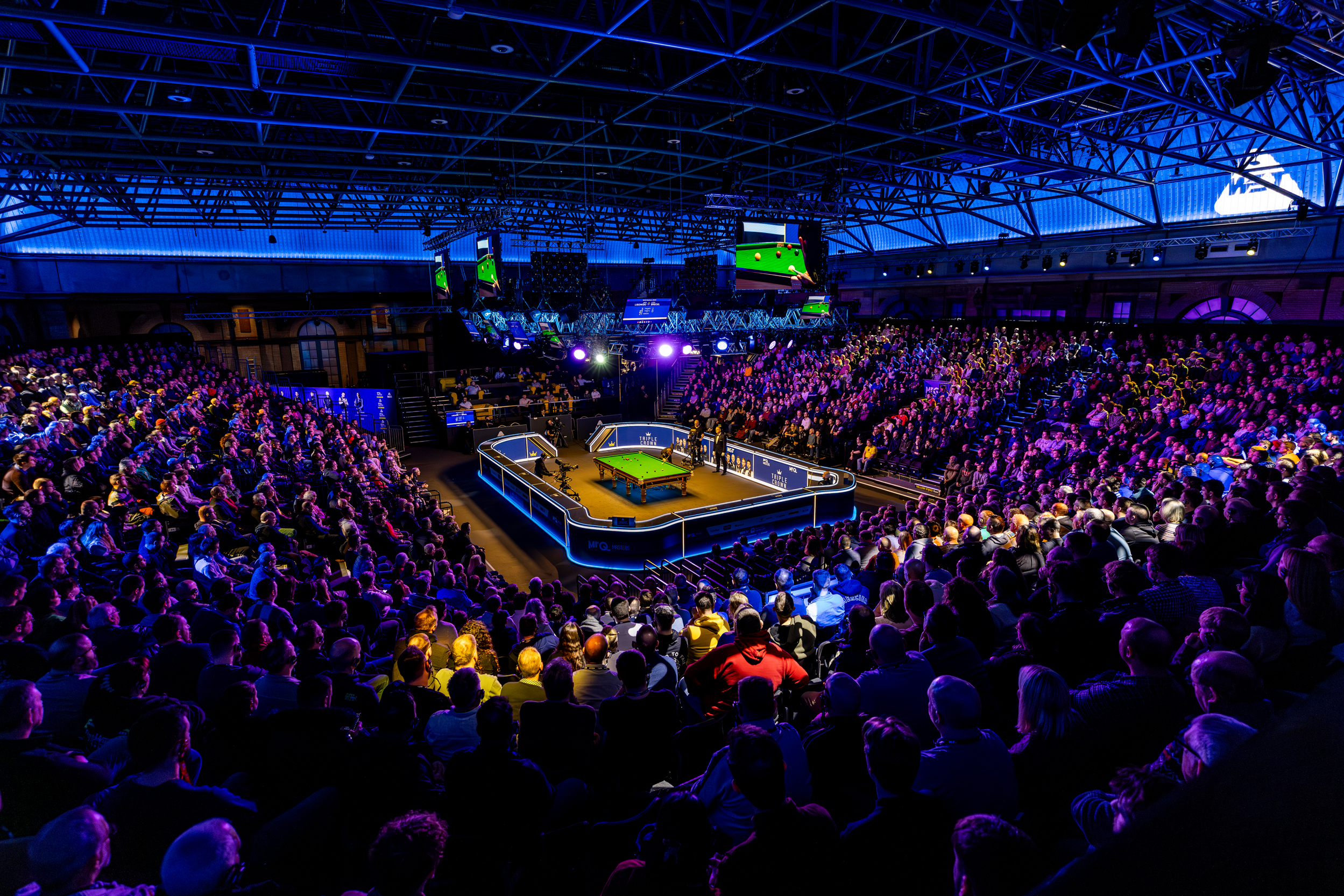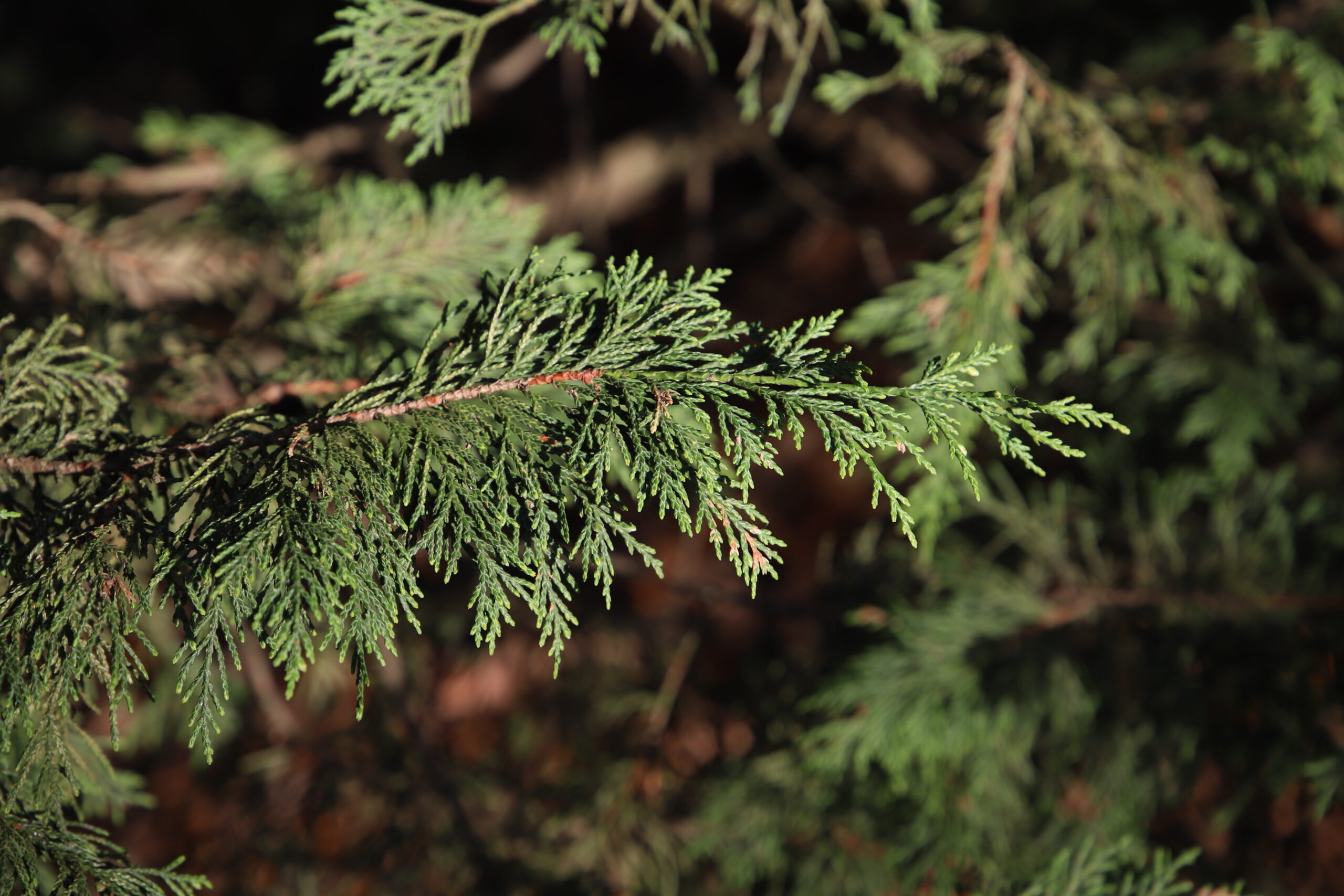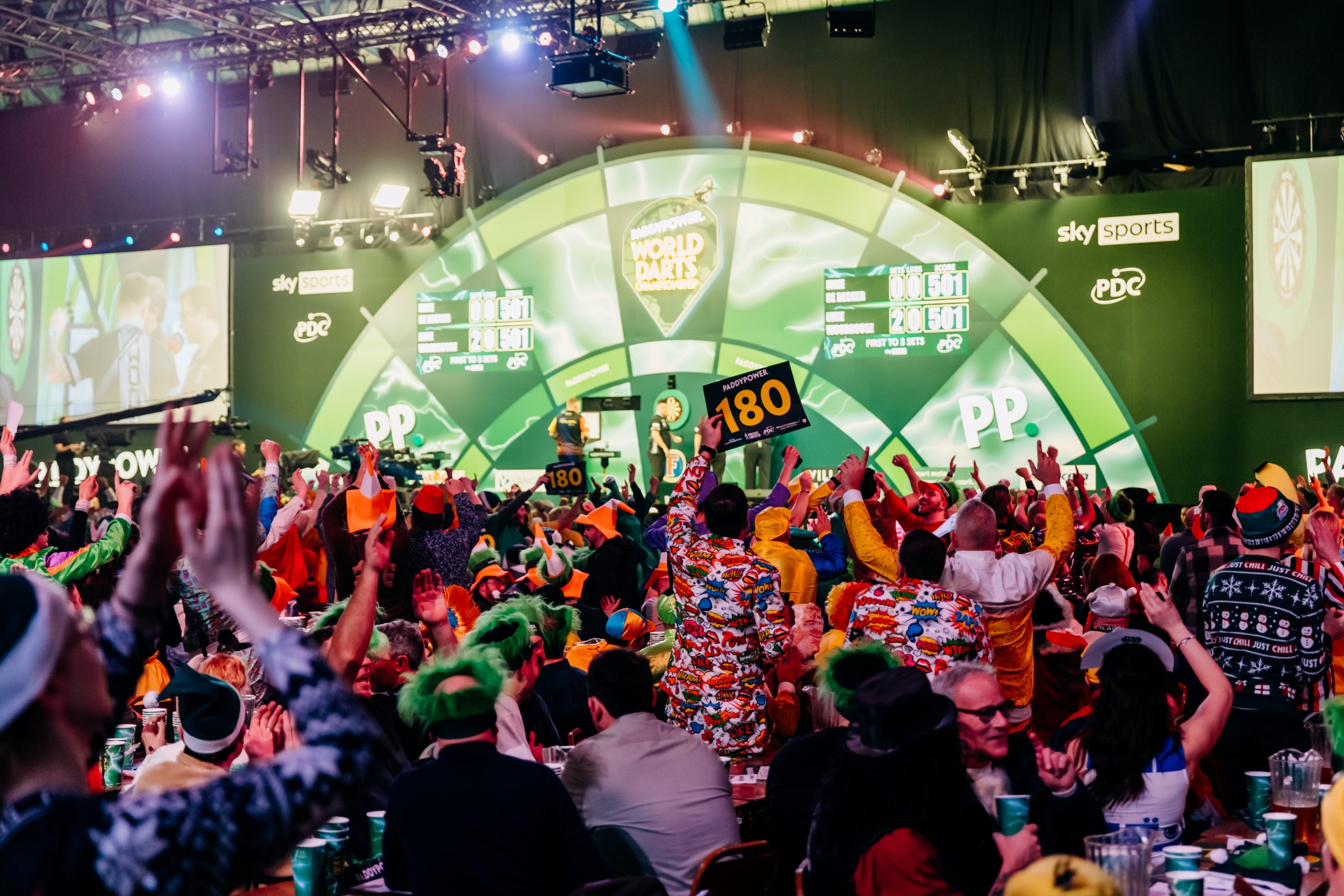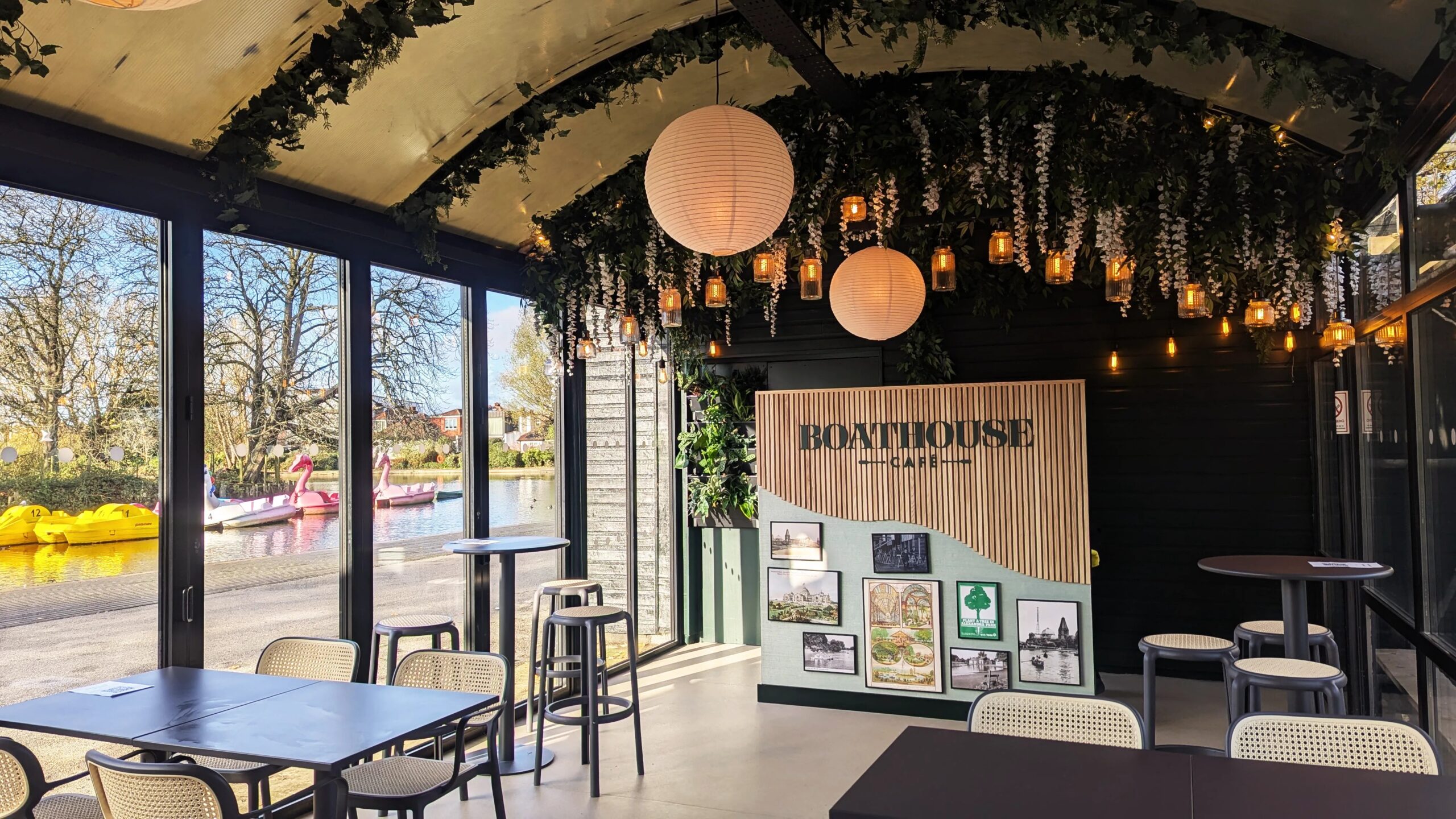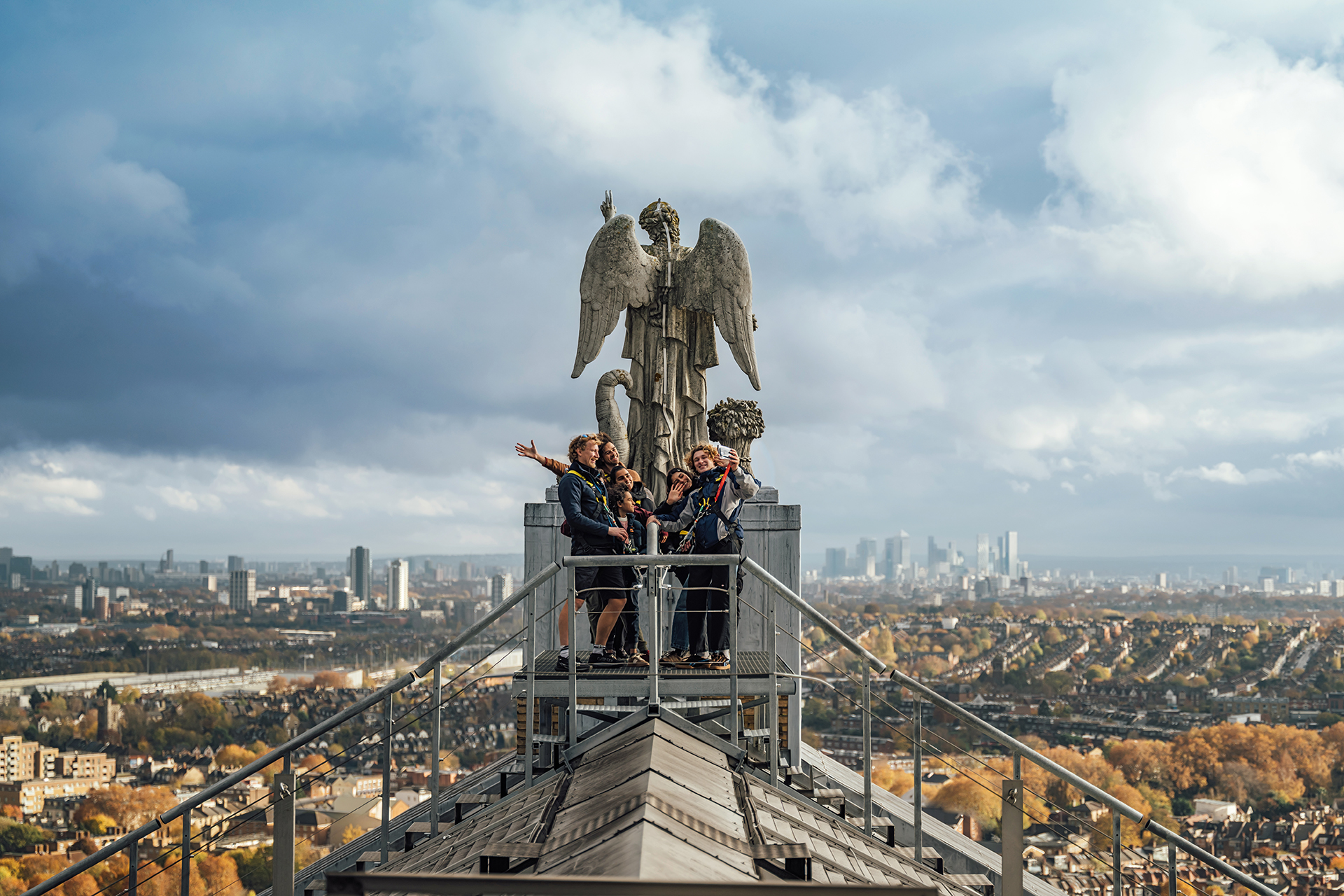Stephen Middleton from the brilliant Friends of Alexandra Park introduces us to his selection for this month’s Tree of the Month…
Named after our very own city, the Tree of the Month is the London Plane (Platanus x hispanica) also called (Platanus x acerifolia). This impressive thick-trunked tree can be found on the left by walking down from the boating lake past Go-Ape on the tarmac road.
London planes are hybrid trees having parents of two different species. One is the oriental plane from the Balkans and western Asia and the other is the buttonwood or American plane from the eastern United States. These two trees would never normally meet in the wild, but were probably first crossbred in Spain sometime back in the 17th Century with the first London planes coming over to this country shortly afterwards. Increasing numbers were planted firstly in parks and squares then used for lining London’s streets. By the 1920s, it was thought that they made up over half of London’s trees.
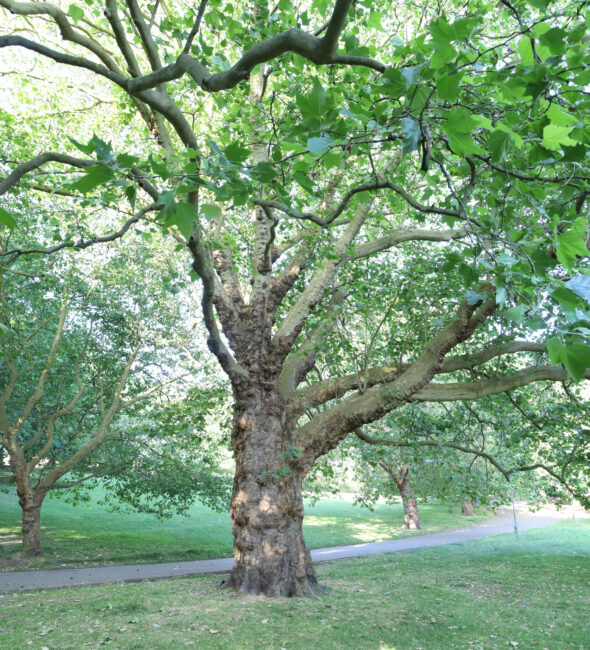
One of the reasons for this tree’s popularity is the fact that its peeling bark allowed it to resist the worst effects of the polluted air of the time. Our tree has a knobbly bark that older trees can acquire.
London Planes can grow quite quickly and can reach over 40m high. One question not yet answered, however, is what is their maximum age? There are examples of trees planted soon after their introduction that are still thriving some three hundred years later.
The leaves are five lobed and look very similar to maple leaves. In the autumn the leaves can sometimes change to an attractive orange. After falling from the tree the leaves take a long while to decompose. Check out the fence by the old deer enclosure still with piles of old leaves from last winter.
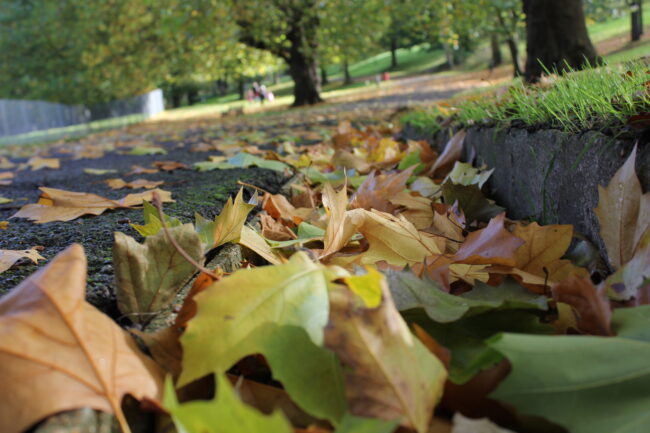
In spring yellow male and red female flowers are found on separate small spheres that hang down from the tree. After fertilisation, the female flowers slowly develop into spiky fruits which gradually break down and release their seeds from the winter onwards. The seed from this tree is not normally viable, but occasional seedlings are produced.
In the winter you can look up into the bare tree and see the round balls which look like Christmas decorations.
There are quite a lot of plane trees planted in lines around this area of the park and more can be seen on the south slope.
